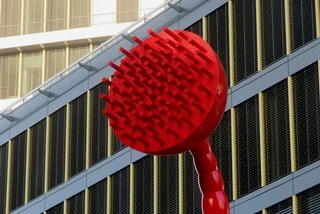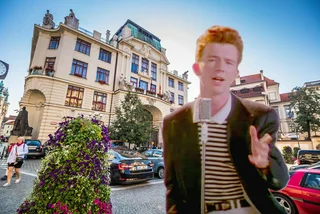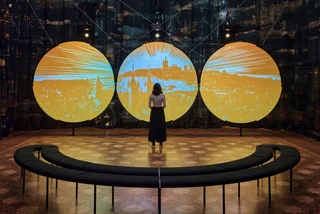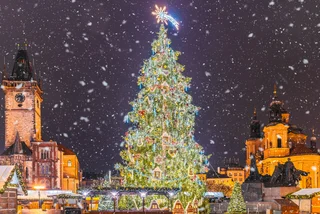Several Prague landmarks will celebrate the Oct. 28 holiday by offering free admission or having guided tours. Banks, government offices, and most stores over 200 square meters will be closed.
Oct. 28 is Independent Czechoslovak State Day, marking the anniversary of the creation of Czechoslovakia in 1918. While there have been big celebrations in the past, due to Covid as well as this year not being a round number – 2018 was 100 years for example – the celebrations will be low-key.
The National Museum and National Gallery will offer free admission to many of their venues, which will have normal operating hours. The Czech government has free tours of one of its palaces at Kampa park, and the Prague city administration has tours of three buildings including City Hall.
In the past, lines have been long to get into the main museum and gallery venues. Prague City Gallery venues will be open but will be charging normal admission.
For all buildings that are open, the pandemic rules apply. People should be ready to show proof of vaccination, recovery, or a recent test. Respirators and social distancing of 1.5 meters are also be required at some locations.
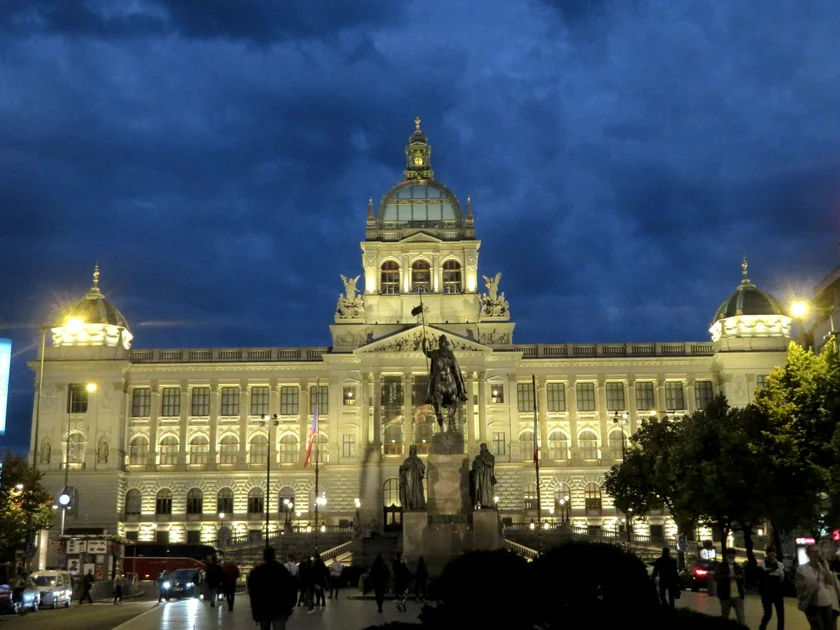
All the venues of the National Museum will have free admission. The Czech Press Photo exhibition, which closes Oct. 31, is an exception though, and tickets are still required to see that.
Aside from the Historical Building, the National Museum includes the New Building, the Czech Museum of Music, the Antonín Dvořák Museum, the Bedřich Smetana Museum, the National Monument in Vítkov, the Náprstek Museum, and the Ethnographic Museum.
Easy manual work with electronics - start 8th Jan

🌟 Customer Care Specialist FR – Prague 🌟

The Historical Building recently reinstalled its iconic fin whale skeleton as part of the permanent Miracles of Evolution exhibition. There are also currently exhibitions of Bohemian coins and medals, the Tokyo Olympics, violins, and book covers. Some of the more curious items from the collections can be seen in the Museum from the Cellar to the Attic, in display cases in the corridors. The New Building has an exhibition on a century of Czech volleyball.
The National Gallery in Prague will open up Veletržní palác (Trade Fair Palace), Schwarzenberg Palace, Sternberg Palace, and Convent of St. Agnes.
Veletržní palác has permanent and exhibitions of Czech and international modern art, as well as temporary exhibits such as “Viktor Pivovarov: Moscow Gothic” and “Dynamic Drawing: Josef Mařatka’s Motion and Dance Studies.” Schwarzenberg Palace has “Women Who Overpowered Men: Eve, Judith, Omphale, and the Others.”
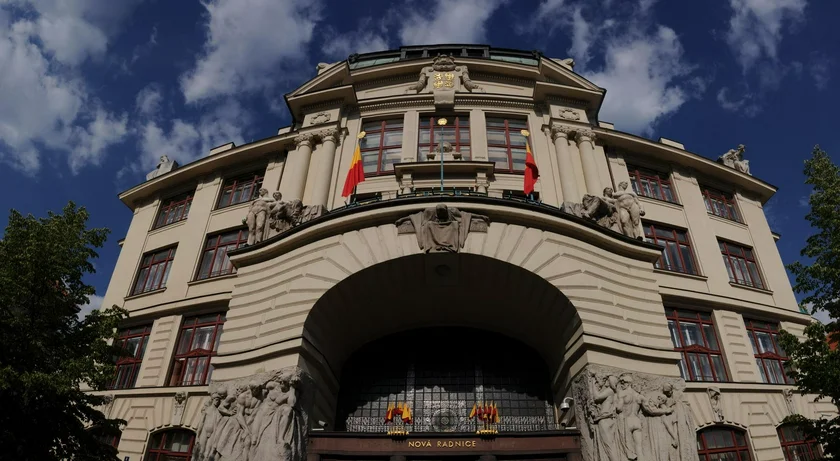
Prague City Hall is opening up rooms in City Hall and the Škoda lounges in the Škoda Palace, from 9 am to 6 pm.
The Mayor’s Residence in the Municipal Library building on Mariánské náměstí also has tours, but space was very limited and reservations have closed. The Art-Deco-style residence from 1928 is used for receptions and ceremonial events.
In the City Hall Building at Mariánské náměstí, visitors can see the conference hall on the first floor, where the City Council meets, as well as lounges and some offices. Music is planned throughout the day, and various municipal organizations will have presentations.
The building was completed in 1911, and was originally intended as a tax office. It is also called the New City Hall (Nová Radnice) to distinguish it from the former administrative building on Old Town Square. This sometimes causes confusion in English with the New Town Hall (Novoměstská radnice) on Karlovo náměstí.
Škoda lounges are on the first floor of Škoda Palace (Škodův palác) on Jungmannova Street, behind Tesco and the Quadrio mall, across from the sculpture of Franz Kafka. The Cubist-style building was built as an administrative building for Škoda Works, according to a design by architect Pavel Janák in 1924–26.
The lounges, five interconnected rooms on the first floor, were furnished as representative rooms. They feature wood panel ceilings, walls with artistic carving details, chandeliers, furniture, and tapestries. City Hall has used the building since 2006. The lounges are not wheelchair accessible.
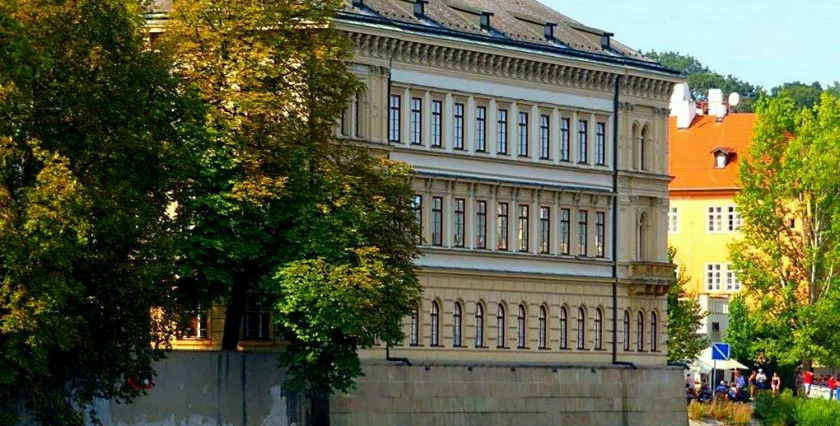
The Czech government is offering free tours of Liechtenstein Palace (Lichtenštejnský palác), at U Sovových mlýnů 506/4 on Kampa. Tours start at 9 am, with the last one beginning at 4 pm.
The palace has been used to house royalty and visiting heads of state. Queen Elizabeth II, King Juan Carlos of Spain, and Japan’s Emperor Akihito stayed there. It is also used for government meetings.
In 1684, General František Helfried of Kaiserstein built a two-level palace in Kampa from a design by French architect Jean B. Mathey, implemented by Czech architect of Italian descent Giovanni B. Alliprandi.
The palace changed hands several times over the years. In 1831, General Prince Jan Josef of Liechtenstein bought the palace and gave it its current name. In 1864, it fell into the hands of wealthy miller František Odkolek, who gave it its current look. The Odkolek name is still a brand name for mass-produced baked goods.
In 1895, the palace was taken over by the City of Prague, which used it for a variety of official purposes. After World War II the palace garden became a public park and the palace became state property.












 Reading time: 4 minutes
Reading time: 4 minutes 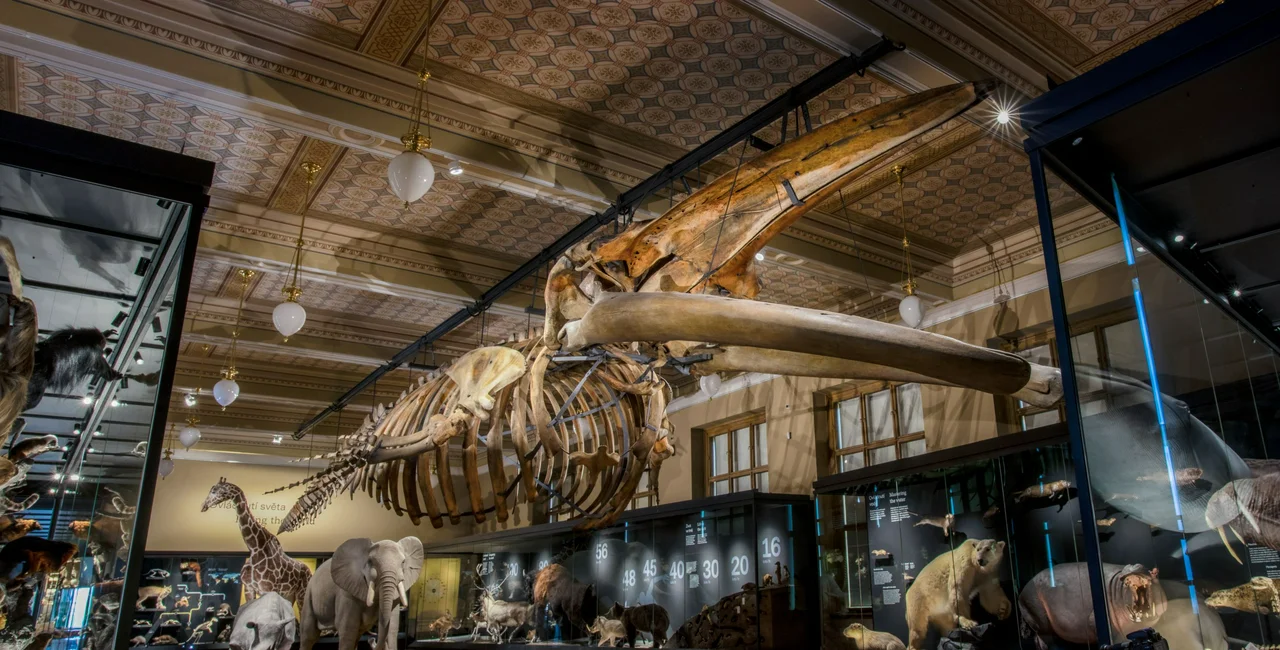


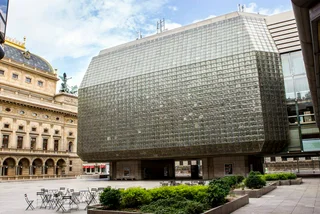
 Swedish
Swedish
 Spanish
Spanish
 Slovenian
Slovenian
